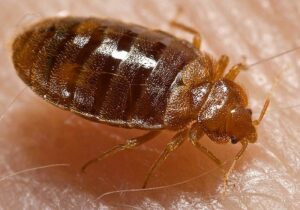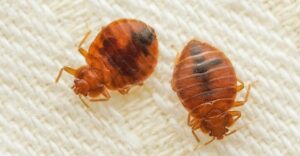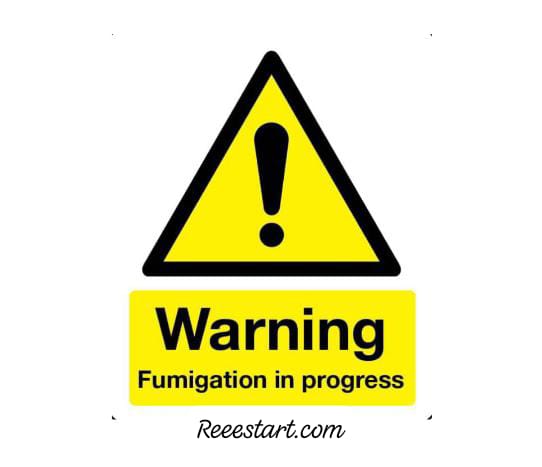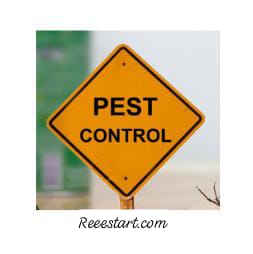Chemical eradication of Bed Bugs is an essential method to get rid of this insect. Bed bugs are small, nocturnal insects that feed primarily on human blood while their hosts sleep, causing irritation and discomfort. Bites result in red, itchy spots on exposed skin areas and can lead to significant psychological distress, including sleep disruption and anxiety, Despite their small size, bed bugs can cause considerable discomfort. The bites themselves may not be painful but can cause itching and inflammation. Bed bugs typically feed for about 10 minutes, and symptoms become noticeable after they finish feeding.
Chemical Eradication of Bed Bugs
Effectively addressing bed bug infestations requires meticulous and methodical steps to ensure both efficacy and containment. Before initiating chemical treatments, the following preparatory steps should be undertaken:
Inspection and Examination:
- Inspect all potential hiding places, including cracks, crevices, corners, bed frames, seams, and mattress edges.
- Consider the possibility of infestation in neighboring apartments or dwellings, which could compound the issue.
Preparation for Treatment
- Advise occupants to avoid disturbing the sleeping area.
- Discourage rearranging or moving furniture and bedding to prevent further spreading the infestation.

Steps for Applying Chemical Treatment
We will focus on steps of applying Chemical eradication for Bed Bugs:
Initial Spray
- Begin by spraying a designated corner of the floor in the sleeping area.
- Move the mattress to this corner and inspect it thoroughly, using tweezers or a vacuum device to remove any visible bed bugs.
- Instruct the occupant to wash all bedding in hot water following treatment.
- Avoid spraying pillows and bed sheets as this can pose health risks.
Mattress Inspection and Treatment
- Carefully inspect the mattress, focusing on seams and buttons, and addressing any tears.
- Do not saturate the mattress or other bedding with pesticides.
- Treat both sides of the mattress and then lean it against a wall.
Bed Frame Treatment
- Inspect and treat all joints and fittings of the bed frame.
- If possible, remove the headboard and treat both sides.
- Move the bed away from the wall to treat the area on the wall behind it.
Furniture and Room Treatment
- Examine all bedroom furniture for bed bug hiding places and treat accordingly.
- Inspect and treat decorative items and lamps.
- Spray adjacent furniture in the bedroom.

Closets and Electrical Outlets
- Inspect and treat closet spaces using an aerosol spray containing pyrethroids for quick knockdown.
- Never apply pesticides to baby cribs.
- Turn off electrical devices and treat electrical switches and outlets with aerosol sprays.
Repeat Treatment
- Conduct a follow-up treatment 15 days after the initial one to ensure the elimination of all bed bug life stages, including eggs, nymphs, and adults.
Chemical eradication of Bed Bugs requires a comprehensive and systematic approach, particularly when employing chemical treatments. Proper inspection and preparation are critical to avoiding further spread and ensuring effective eradication. Following these detailed procedures ensures the successful targeting of all bed bug life stages, ultimately restoring comfort and peace of mind for affected individuals.




